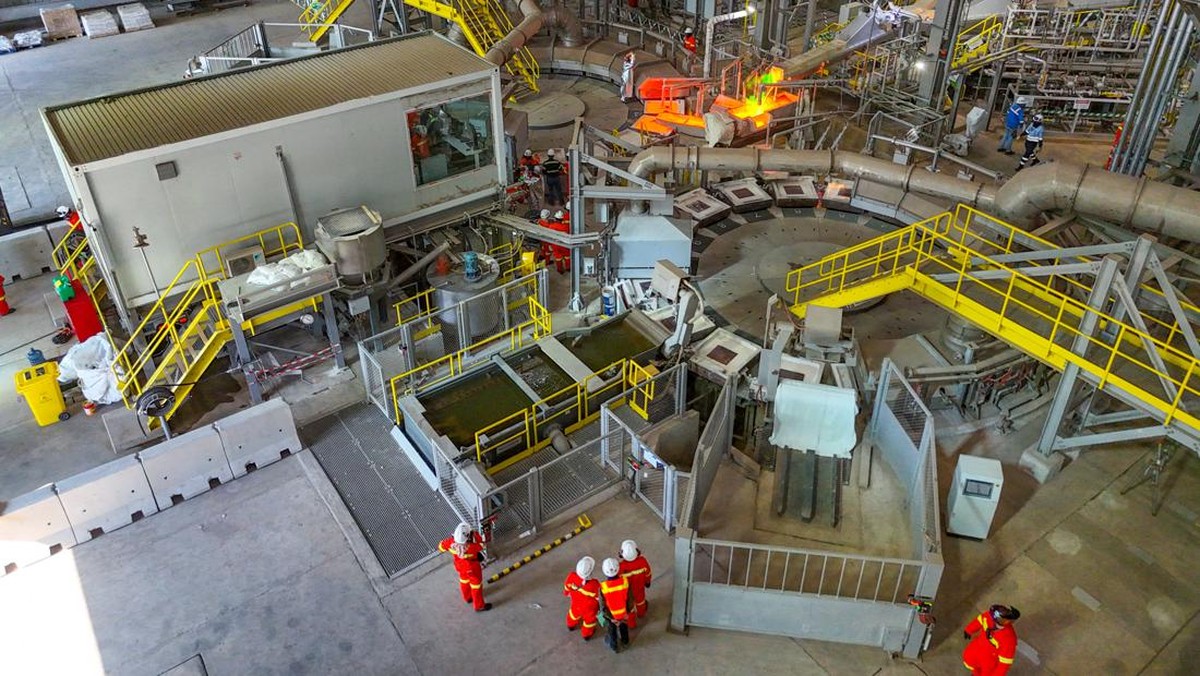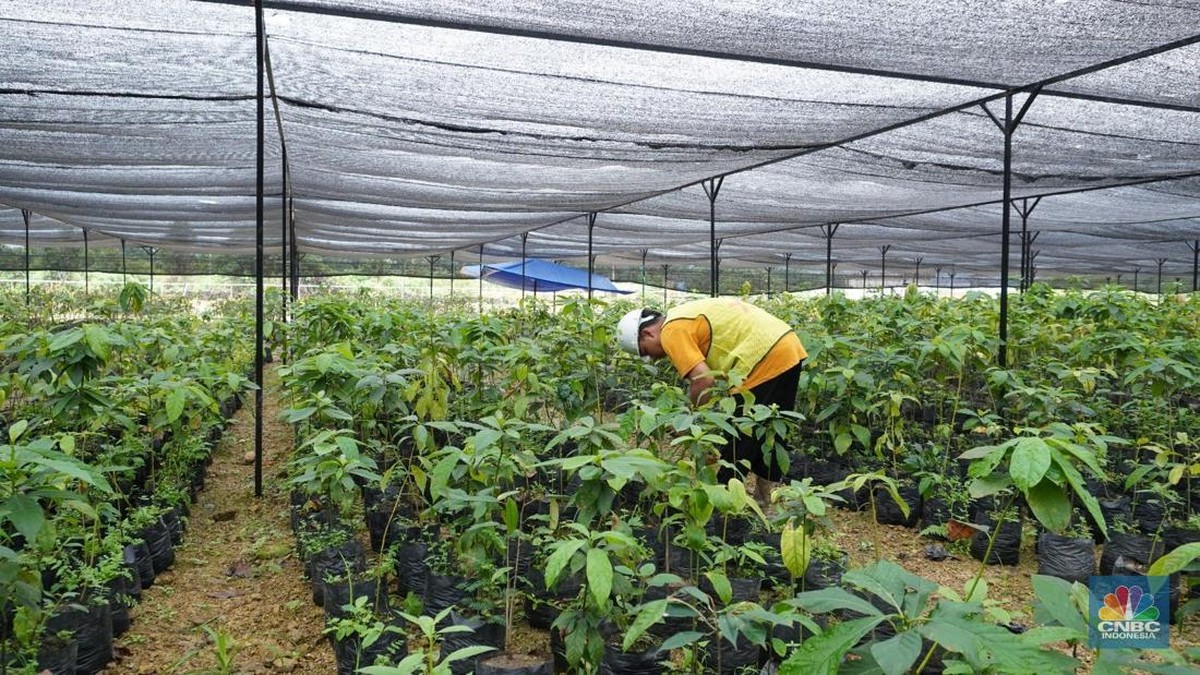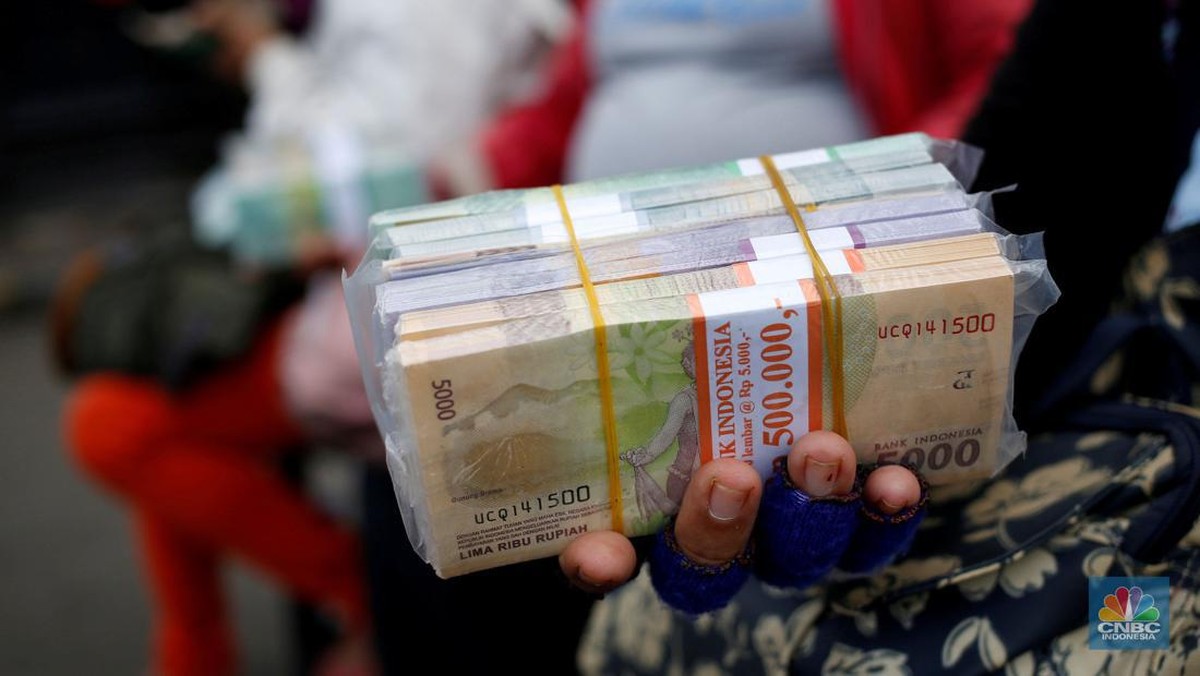Optimising Sustainable Solutions for Equitable Adolescent Reproductive Health Access Through Government Collaboration to Achieve SDGs 2030

Adolescents in Indonesia face significant challenges, includingunhealthy sexual behaviours, which can negatively impact sustainabledevelopment. According to data from BKKBN (2024), there are 63 millionadolescents aged 10–24 in Indonesia who are at risk of engaging in unhealthysexual practices. The Annual Fact Sheet by Komnas Perempuan (2023) recorded1,721 cases of sexual harassment reported by high school students and 892 casesby university students.
Furthermore, there are 1,677 AIDS cases among adolescents, withprojections indicating a sharp rise in regions such as Central Java, NorthSumatra, East Java, West Java, and East Kalimantan. Data from BNN reveals that2.2 million adolescents misuse narcotics, with the numbers increasing annually.Unintended pregnancies are another pressing issue, with 2.6 million abortioncases reported each year, of which 700,000 involve adolescents.
Efforts to address these issues have included internationalconferences and discussions on adolescent sexual and reproductive health, witha focus on sustainable solutions. These initiatives directly support achievingSustainable Development Goals (SDG). First, they align with SDG 3 (Good Healthand Well-Being) by improving access to inclusive healthcare, particularlyadolescent reproductive health services. Second, they contribute to SDG 5(Gender Equality) by addressing gender disparities in health access andprotecting adolescent girls from gender-based violence and discrimination.Research by Riyandani et al. (2024) demonstrated that health education underAdolescent-Friendly Health Services (PKPR) effectively improved knowledge aboutpremarital sex among 16 respondents, supporting the need to optimise adolescenthealth services as a means of advancing the SDGs.
Methodology: The proposed methodology includes recommendations forsix core adolescent reproductive health services: reproductive health services,nutrition and dietary counselling, talent and interest development, self-lovecounselling, psychological support, and health education. This session adoptsan evidence-based approach, incorporating case study presentations,participatory discussions, and workshops to develop strategies for implementingthese services in schools. The focus is on strengthening collaborations withlocal governments, evaluating existing frameworks, and tailoring services tomeet the specific needs of communities. Additionally, the session emphasisesthe importance of establishing robust monitoring mechanisms to prevent sexualharassment in educational environments. By integrating these strategies, thesession aims to promote sustainable and inclusive adolescent reproductivehealth services that contribute to achieving Indonesia’s SDG targets by 2030.
Outcome/Implication:
The establishment of adolescent sexual and reproductive healthservices in every school and the development of more youth-friendlyreproductive health education programmes can optimise efforts in providingcomprehensive sexual health education. These initiatives aim to reduceunhealthy behaviours, prevent gender-based violence, and promote equality,aligning with SDG 3 (Good Health and Well-Being) and SDG 5 (Gender Equality).












✦ Tanya AI